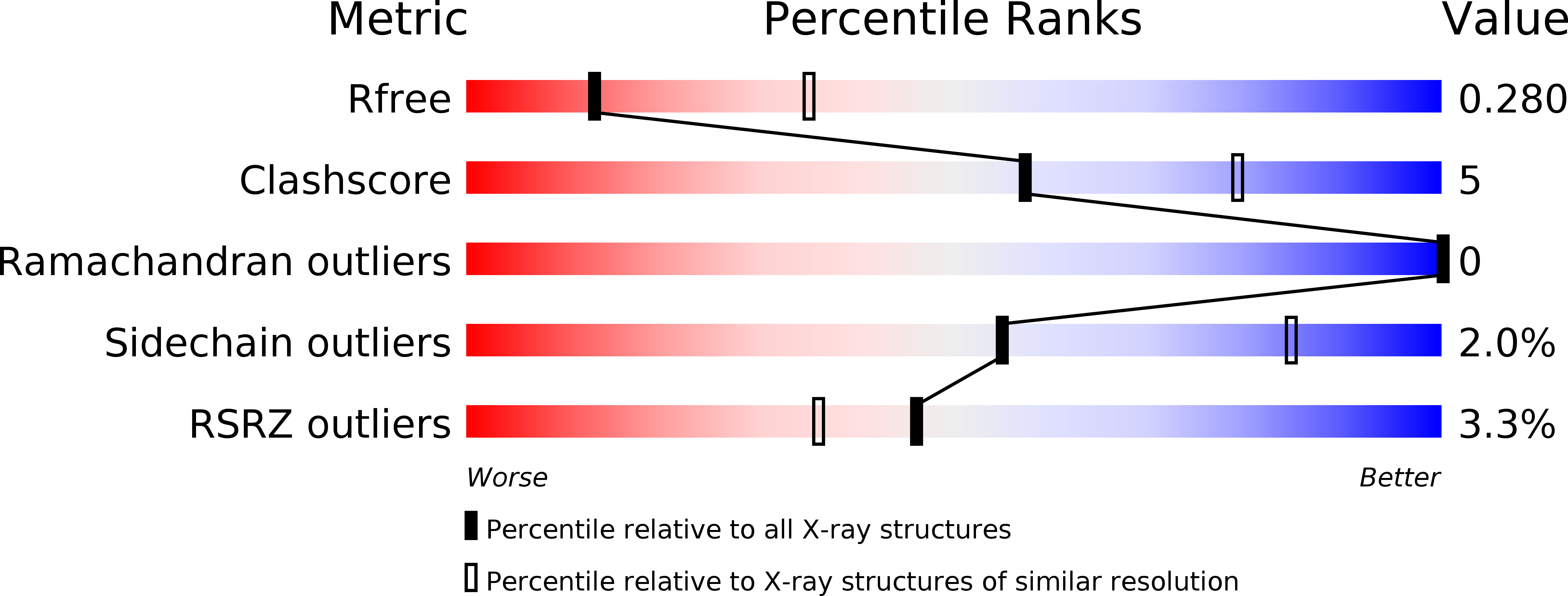
Deposition Date
2019-07-23
Release Date
2019-11-13
Last Version Date
2024-11-20
Entry Detail
PDB ID:
6KJV
Keywords:
Title:
Structure of thermal-stabilised(M9) human GLP-1 receptor transmembrane domain
Biological Source:
Source Organism:
Homo sapiens (Taxon ID: 9606)
Enterobacteria phage T4 (Taxon ID: 10665)
Enterobacteria phage T4 (Taxon ID: 10665)
Host Organism:
Method Details:
Experimental Method:
Resolution:
2.80 Å
R-Value Free:
0.28
R-Value Work:
0.24
R-Value Observed:
0.24
Space Group:
P 1


